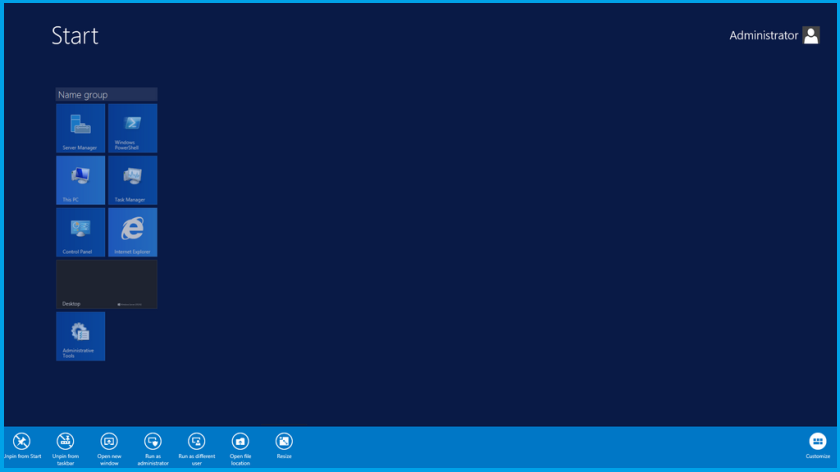

After the file is downloaded, you can go to location where the file is saved, or select Open DVD burner, and follow the instructions to burn the file to a DVD.Īfter the installation media is created, follow the steps below to use it. This can be used to create a bootable DVD. ISO file: Save an ISO file to your PC.Any content on the flash drive will be deleted. USB flash drive: Attach a blank USB flash drive with at least 8GB of space.Select the language, edition, and architecture (64-bit) for Windows 11.On the What do you want to do? page, select Create installation media for another PC, and then select Next.If you agree to the license terms, select Accept.You need to be an administrator to run this tool.

After downloading, run the media creation tool.Using the Media Creation Tool to create installation media: To see what language you're currently using, go to Time & language in PC settings or Region in Control Panel. Matches your current language: You'll need to choose the same language when you install Windows 11.Damages to the PC due to lack of compatibility aren't covered under the manufacturer warranty. If you proceed with installing Windows 11 on a PC that does not meet the requirements, that PC will no longer be supported and won't be entitled to receive updates. WARNING: Installing Windows 11 media on a PC that does not meet the Windows 11 minimum system requirements is not recommended and may result in compatibility issues.We also recommend that you visit your PC's manufacturer website for information about updated drivers and hardware compatibility. Certain features require additional hardware. See the Windows 11 device specifications for upgrade requirements and supported features. Meets system requirements: Not all devices running Windows 10 are eligible to receive a Windows 11 upgrade.To see if your PC has one, go to Settings > System > About, or search "System Information" in Windows and look under "System Type."



 0 kommentar(er)
0 kommentar(er)
